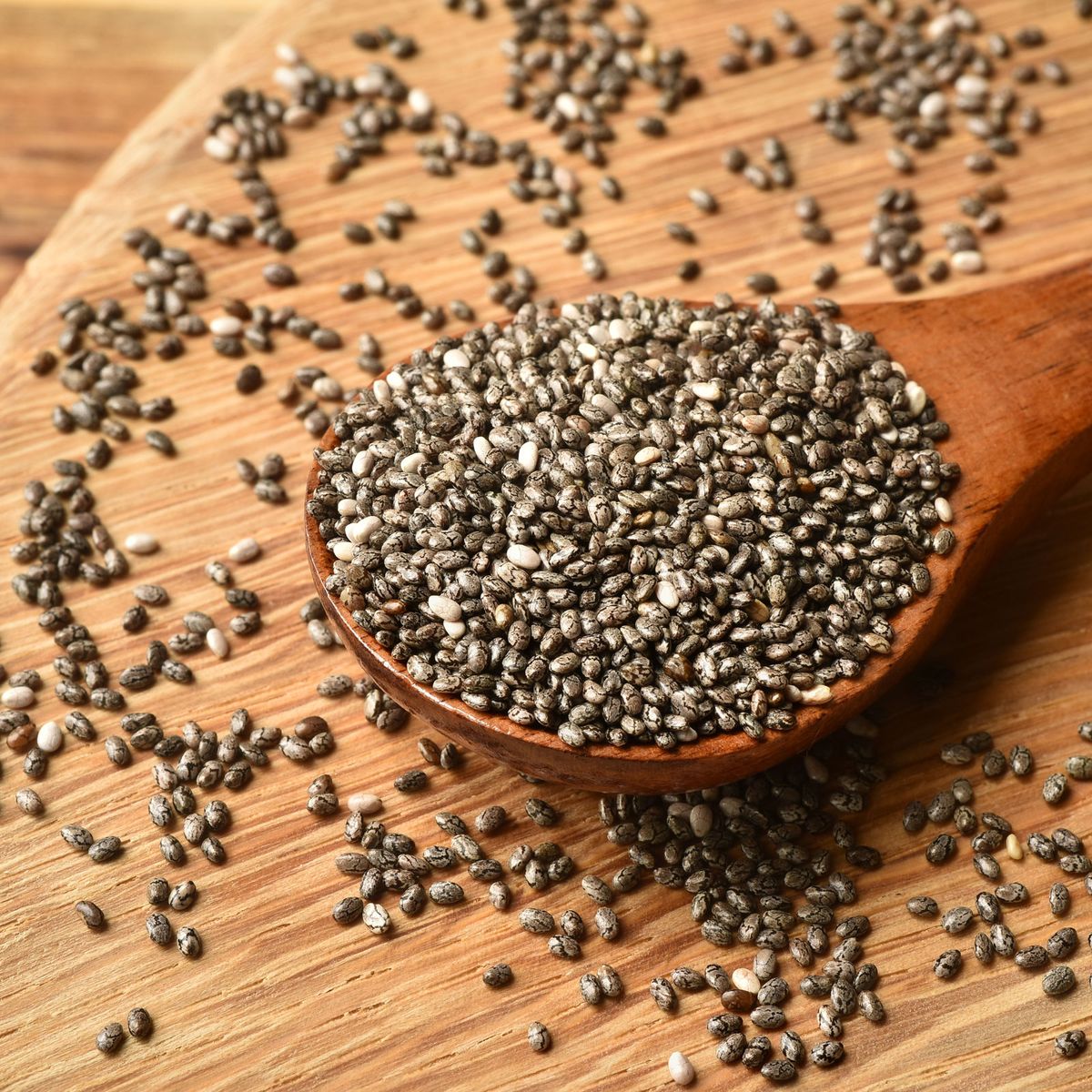Once it gets cold, our English gardening side argues a lot with our South Texas side. One half thinks gardening is a necessary year-round activity; the other half thinks going outside in anything colder than 50°F is risky. Compromises have to be made.
Creating a garden on our windowsill is the solution. Plants that fit in the windowsill have to be tolerant of lower light conditions and low humidity, and, most importantly, they must stay windowsill size. Our windowsills are about 5 inches deep. That means no windowsill fiddleleaf figs (Ficus lyrata and cvs.), not even ‘Bambino’.
A windowsill garden also lets us have a few plants that will not grow outside in our hot, wet Southern summers or cold wet winters. The one week of spring weather before temperatures leap into the 90s and one week of fall weather before temperatures fall into the 40s pass so quickly that we never have time to even move them outside.
Besides that, it can be a lot of fun discovering what grows best in different windows. We find the east- and south-facing windows work best as far as light goes. North windows often do not have sufficient light and can get too cold, and west windows offer too much hot sun in the afternoon. However, there is a plant for every window. Here are some of our favorite windowsill plants.

Air plants (Tillandsia spp. and cvs.)
Air plants are small bromeliads that have a lot of different foliage variations. Many also produce small but brightly colored flowers. Air plants appreciate bright light but not direct sun. Most grow slowly and stay windowsill-size. They are low maintenance—they don’t really need soil or a pot. They grow best with the leaves pointing up and do need weekly watering and occasional fertilizer. We place ours in the sink and spray them really well with lukewarm tap water. Once in a while, we mix a weak solution of fertilizer and submerge them for a few minutes. Air plants can be susceptible to contaminants, so filtered water might be necessary. In the winter when the heat runs a lot and the air is particularly dry, it may be best to water them twice a week.

Miniature moth orchids (Phalaenopsis spp. and cvs.)
You would think these diminutive orchids were made just for windowsills. They are perfectly tiny and wonderful bloomers, with flowers that often last for weeks and even months. Easy to find, there are lots of different flower colors available. Mini–moth orchids love bright light but not direct sun. Water them weekly, and make certain that the water drains out the bottom of the pot. They often are in a plastic liner set inside a cover pot. Pull the plant in its plastic liner out of the cover pot to water; after the excess water has drained away, put it back. Fertilize every two weeks with a weak solution of fertilizer while it is flowering, and then stop and let it rest for a few weeks before fertilizing again.

String of hearts (Ceropegia woodii and cvs.)
One of our biggest windowsill failures has been string of pearls (Senecio rowleyanus and cvs.) plants. They have all died, no matter which window we put them in. So we grow string of hearts. They all thrive, and it does not matter which window they are in. As a succulent plant, they tolerate neglect. We water them weekly with all the other plants, and they also tolerate that. We only fertilize them about twice a year. Once the strings reach the floor (or any undesired length), you can simply cut them off and start over. One of the nice things about string of pearls is its funny-looking flowers, which are very fragrant. The scent reminds me of cinnamon pinks (Dianthus caryophyllus and cvs., Zones 7–10).

Peperomia (Peperomia albovittata and cvs.)
There are a lot of peperomias that will grow in sills, but our favorite is the species Peperomia albovittata. Its small leaves are heart shaped, striped, and brightly colored, adding a lot to a windowsill. The brighter the light, the brighter the color, but they look best without hot sun, so stick with morning sun only. We water them weekly, but they are quite drought tolerant and usually revive quickly if neglected to the “Oh no, I killed it” state.

Vietnamese violet (Deinostigma tamiana)
A relative of African violets, Vietnamese violet makes a nice flowering windowsill plant. The small rosette of heart-shaped leaves produces large flowers (nearly an inch long) for its size. The blooms are white with purple markings and are held well above the foliage. Even in our neglectful care, it blooms several times a year. It needs bright light for the best show, but avoid direct hot sun. We water them weekly and fertilize them every two or three weeks with half-strength liquid fertilizer.
These are some of the plants that work best for us. There are so many interesting plants out there, and we try a lot of them. Not all are suited to windowsills, but it is fun finding the ones that work.
—Jason and Shelley Powell own and manage Petals from the Past, a garden center in Jemison, Alabama.










